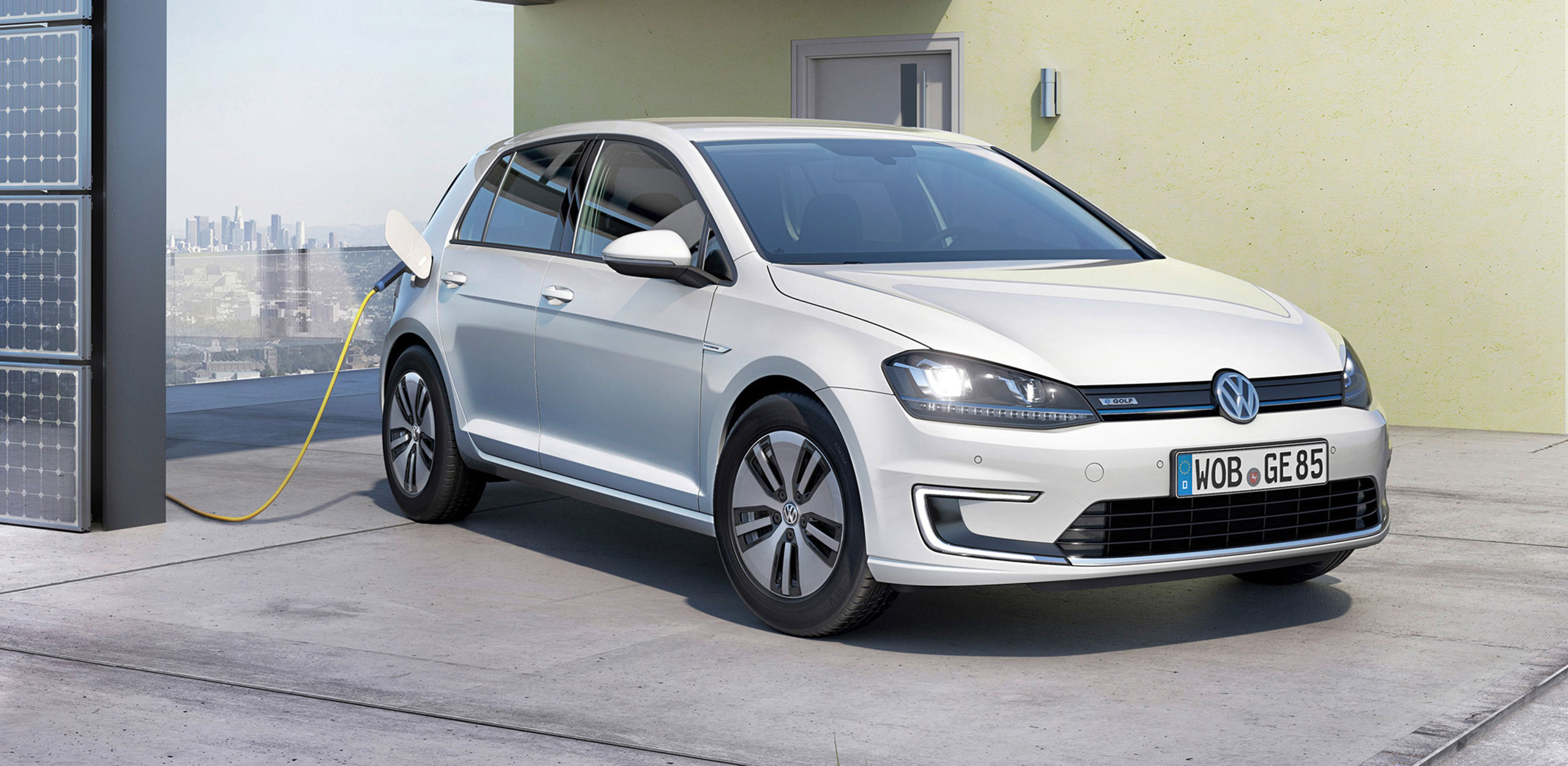
Born more than 100 years ago, the remarkable “automobile” has brought convenience to human mobility and its rapid growth has formed the basis for the advancement of all civilization. However, in return for these benefits, we have also paid a high cost, namely with the relentless consumption of fossil fuels has come serious worldwide environmental pollution. Being the world’s largest automotive manufacturer, Volkswagen believes it is obliged to launch their “Think Blue” programme and to pursue its “zero” target.
The goal is for automobiles to achieve “zero consumption, zero emission and zero noise”. Volkswagen is set to release a fleet of eco-friendly models in order to vastly reduce the consumption of traditional fossil fuel by means of pure electric driving. Ideally, through the success of their efforts, the environment will become cleaner and more peaceful as more cars without combustion engines will mean less release of exhaust gases, and with that, noise would no longer be an issue.
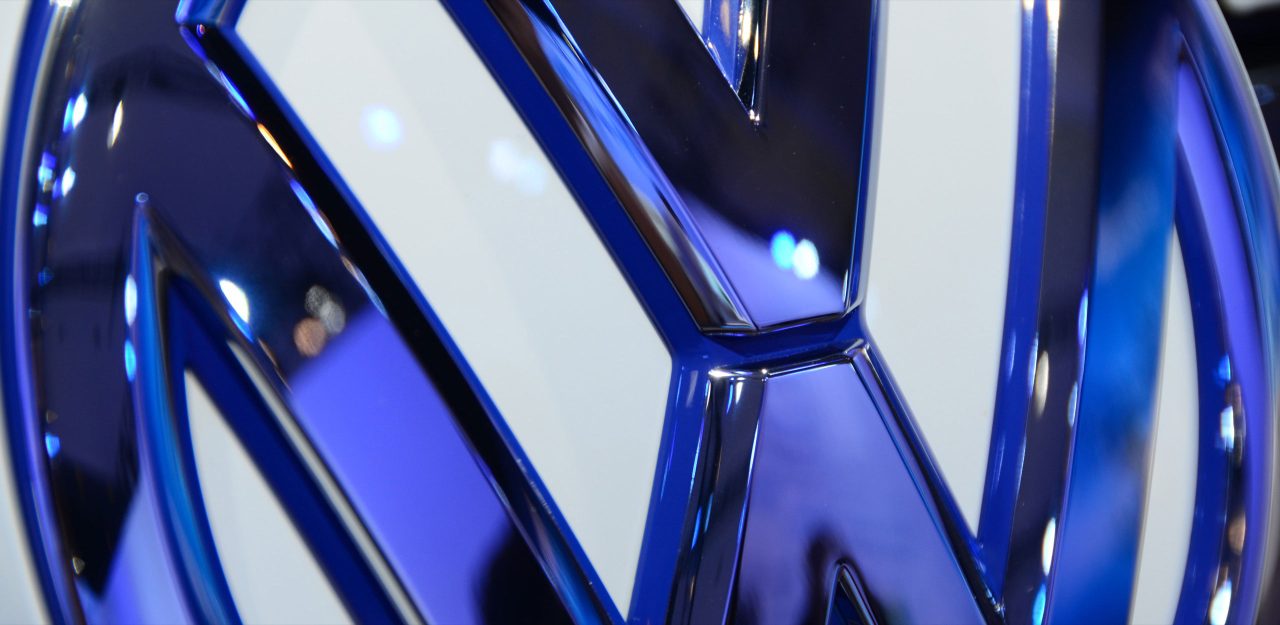
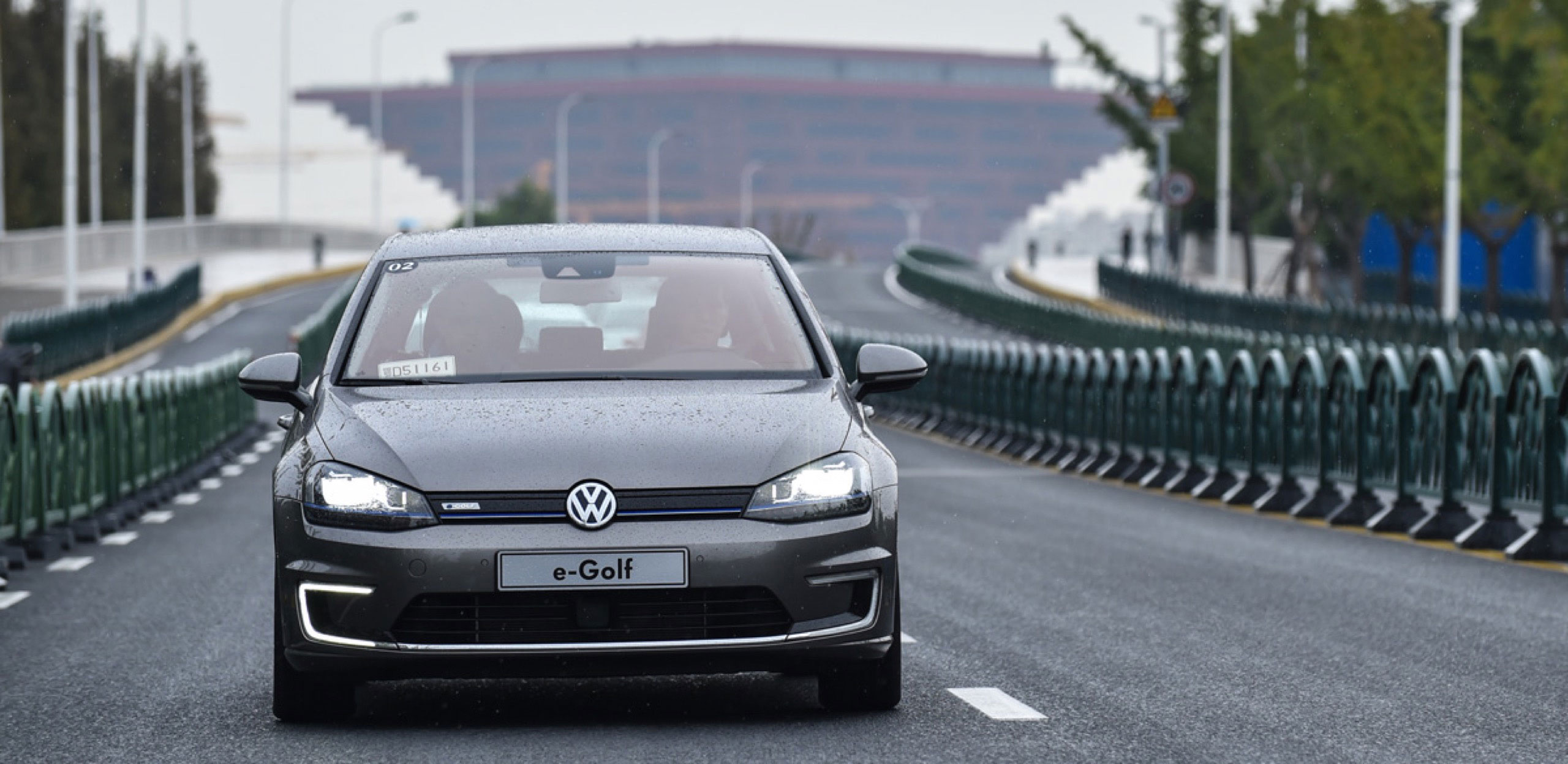
Last March, Volkswagen chose Berlin to host its first e-mobility week, introducing its green concept throughout Germany and the European continent through their new collection of e-cars . Six months later, VW traveled to the other side of the globe, to Shanghai, and we joined them on the streets of Pudong, as they presented the idea of e-mobility to Asia.
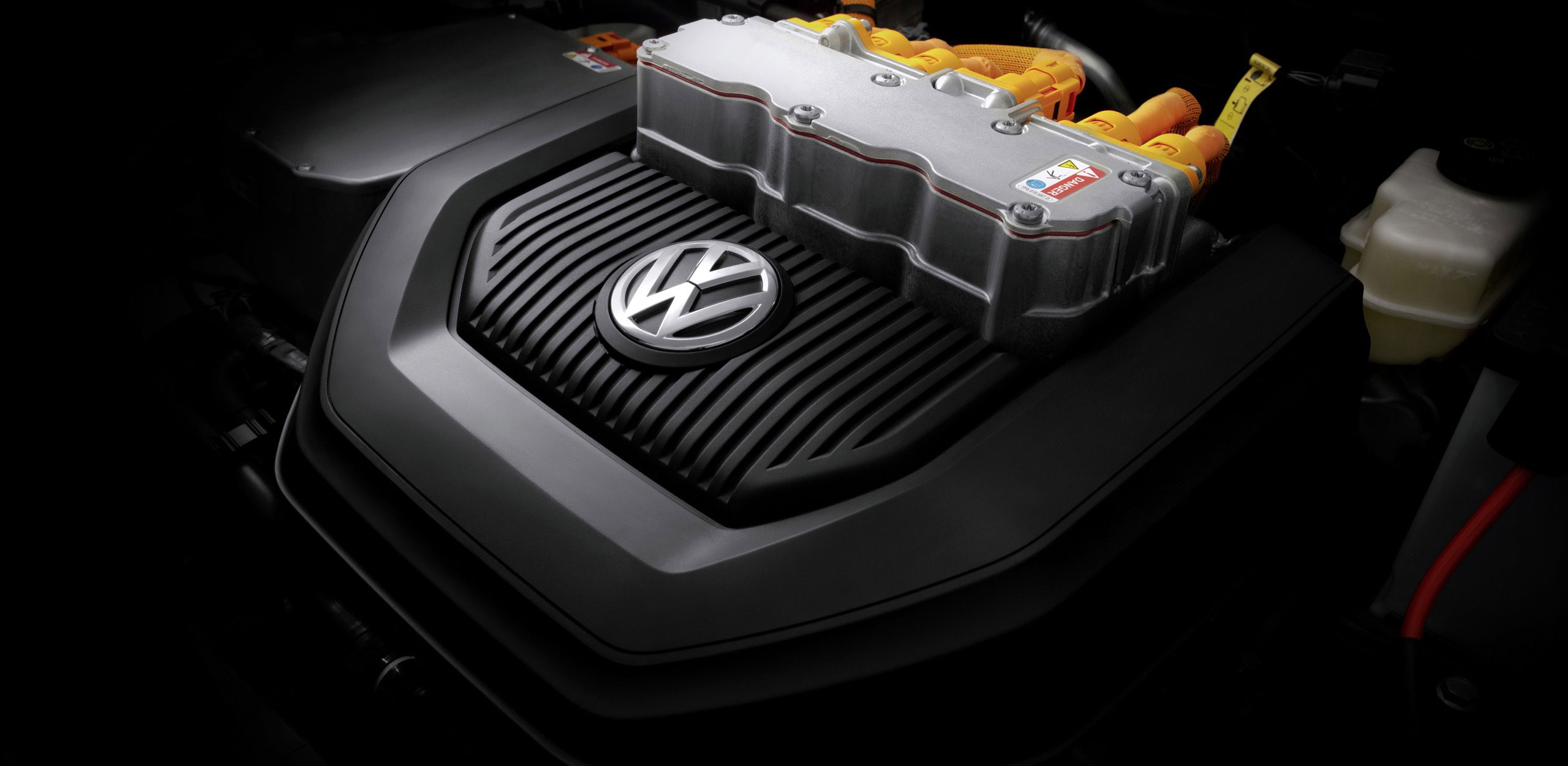
For Volkswagen, this campaign is more than just building more electric cars; it’s to change the public’s perceptions and understanding of the mentality and benefits behind electric driving. We have high praise for the VW approach. Rather than simply display hollow hardware displays and performance figures, the VW e-mobility showcase used unique hands-on teaching elements to vividly demonstrate the concept of regenerative energy. For example, we experienced their “human generator” setup; a person would peddle hard on a bicycle, generating an electrical current to a motor. Gathering enough power would trigger a camera facing you to take your photograph. This simple demonstration provided a clear explanation of the process for the “energy recuperation” system in electric cars.
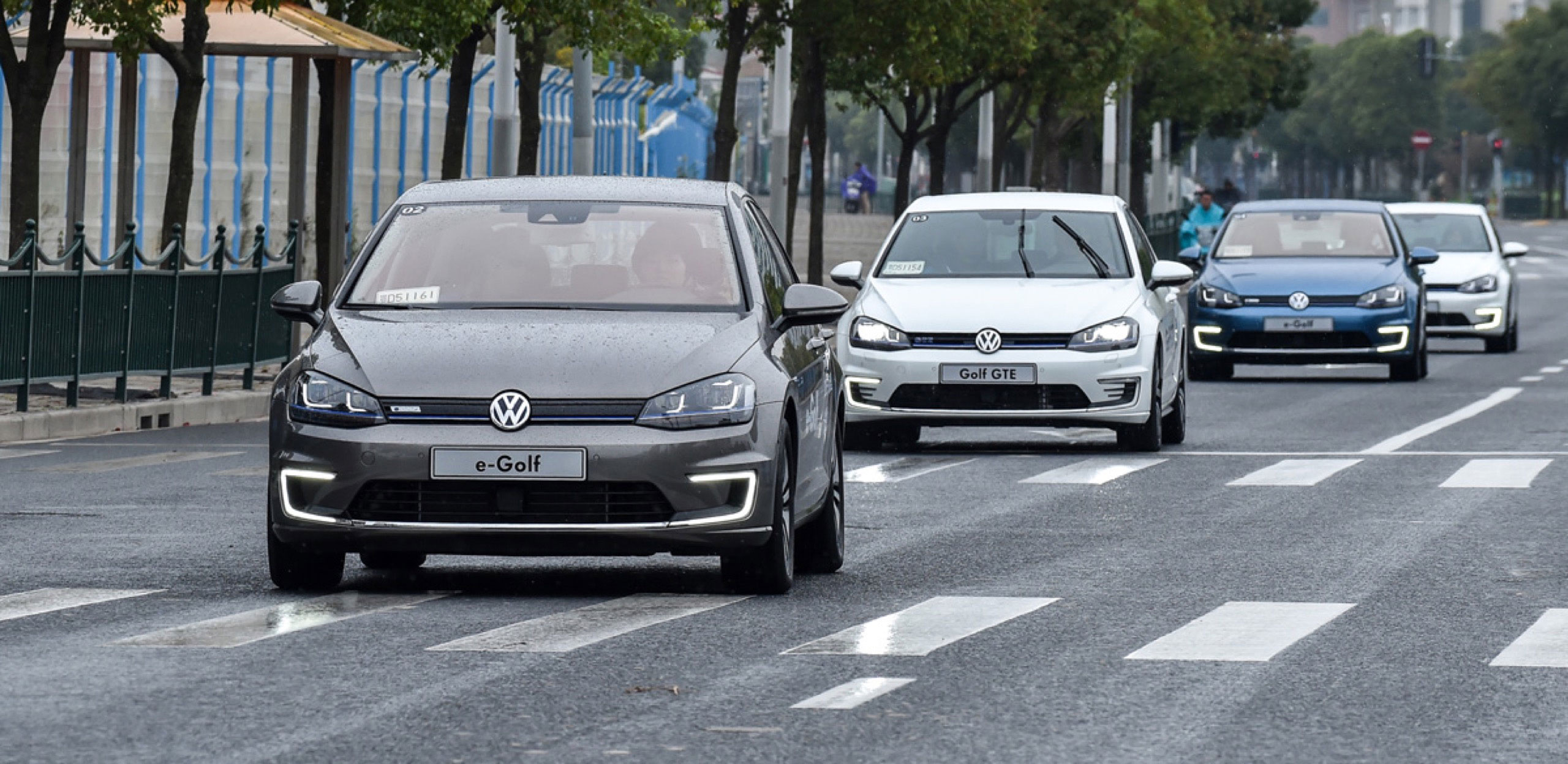
Parked on the street around the Shanghai Expo Park, these new electric cars were no strangers to my eyes as they were developed based on existing models. The e-Golf, for instance, looks exactly the same as a normal VW hatchback running on the street, with the only difference being the model plate on the front grille. However, beneath the familiar face is a completely new unit. The combustion engine and fuel tank have been replaced by an electric motor and rechargeable battery mounted on the bottom of the chassis. Pressing the start button, I was met with silence. The was simply no noticeable sound, nor could I hear any mechanical noise from upfront or an exhaust note in the rear. Stop and go, the e-Golf has literally no emissions of any kind whatsoever; it manoeuvres around town quietly carrying its occupants in a nice and clean manner.
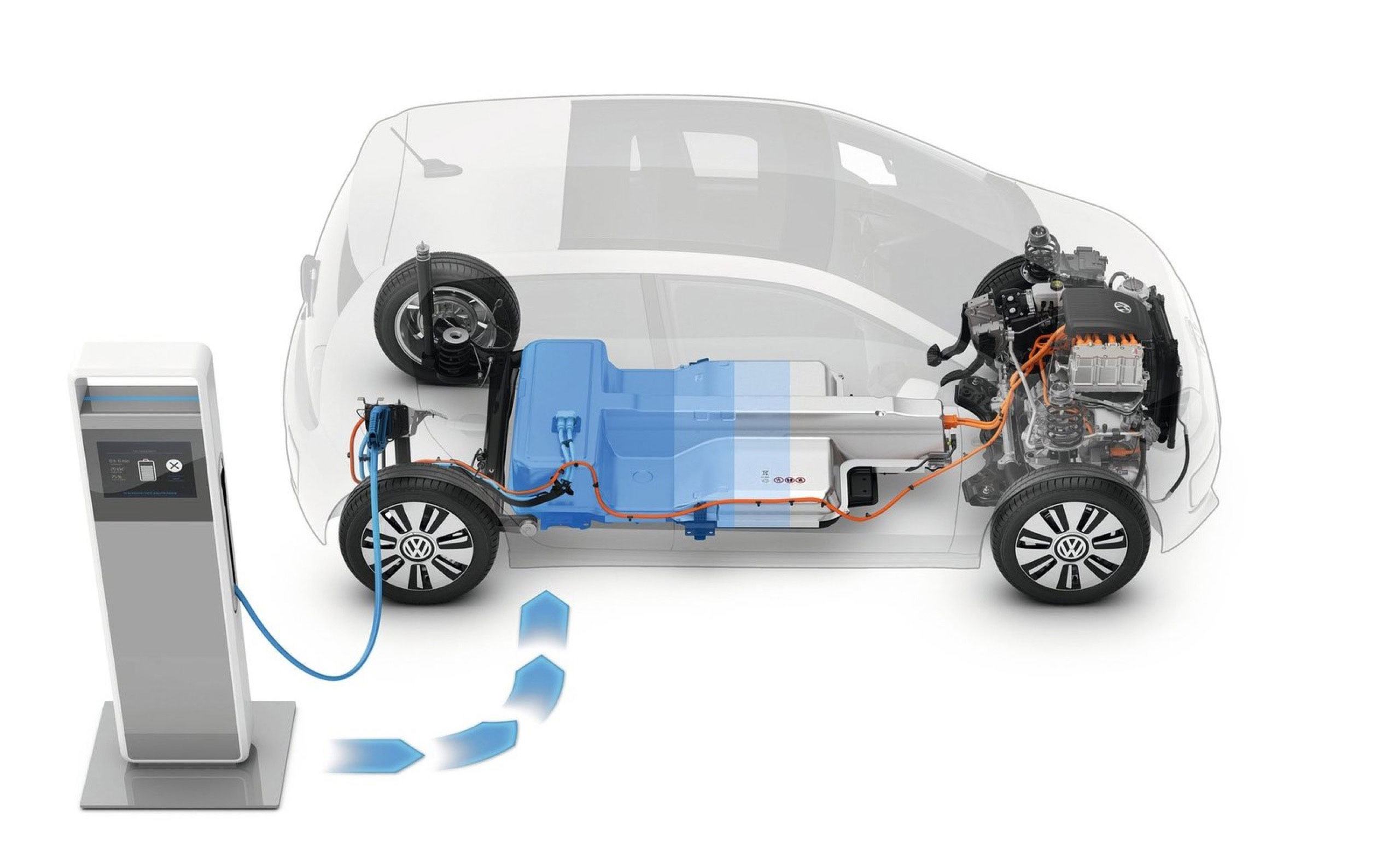
This e-Golf has a range of up to 190km with one single charge, which is long enough for most of our daily commute within the city. If you have access to a charging facility during daytime parking, you can go anywhere without worries. For longer trips, you are advised to plan your route in advance to include stop overs and allow sufficient time for recharging. You’ll probably begin to imagine it as a large household appliance as it can be charged by a home socket in about 13 hours. You would simply plug it in when you arrive home and it would be ready to go the next morning. You will notice that charging times may be shorter if there’s remaining power in the battery; there’s also a quick charger option that will allow you to charge up to 80% in only 30 minutes. You can monitor the charging status via a smartphone app, which also allows you to schedule a charging time. It seems the future has unwittingly snuck into our reality as such an application was once presented only in fiction.
Apart from recharging the battery, the e-Golf is capable of recuperating energy, too. The basic principle is as simple as the human generator demonstration: The electric motor turns itself into a power generator in braking or cruising situations, converting “kinetic energy” to “electricity” that is stored in the battery. This mode of operation, once mastered, will revolutionize the way we drive as we’ll take every opportunity to regenerate energy. Wether going downhill or slowly rolling towards the next traffic light, drivers will be able to harvest power and save it for the journey ahead. In an e-Golf, the relationship between the driver and the car is not a one-way flow; achieving the most efficient operation will require constant monitoring and a more sophisticated mindset of the driver, making driving more interactive than ever.
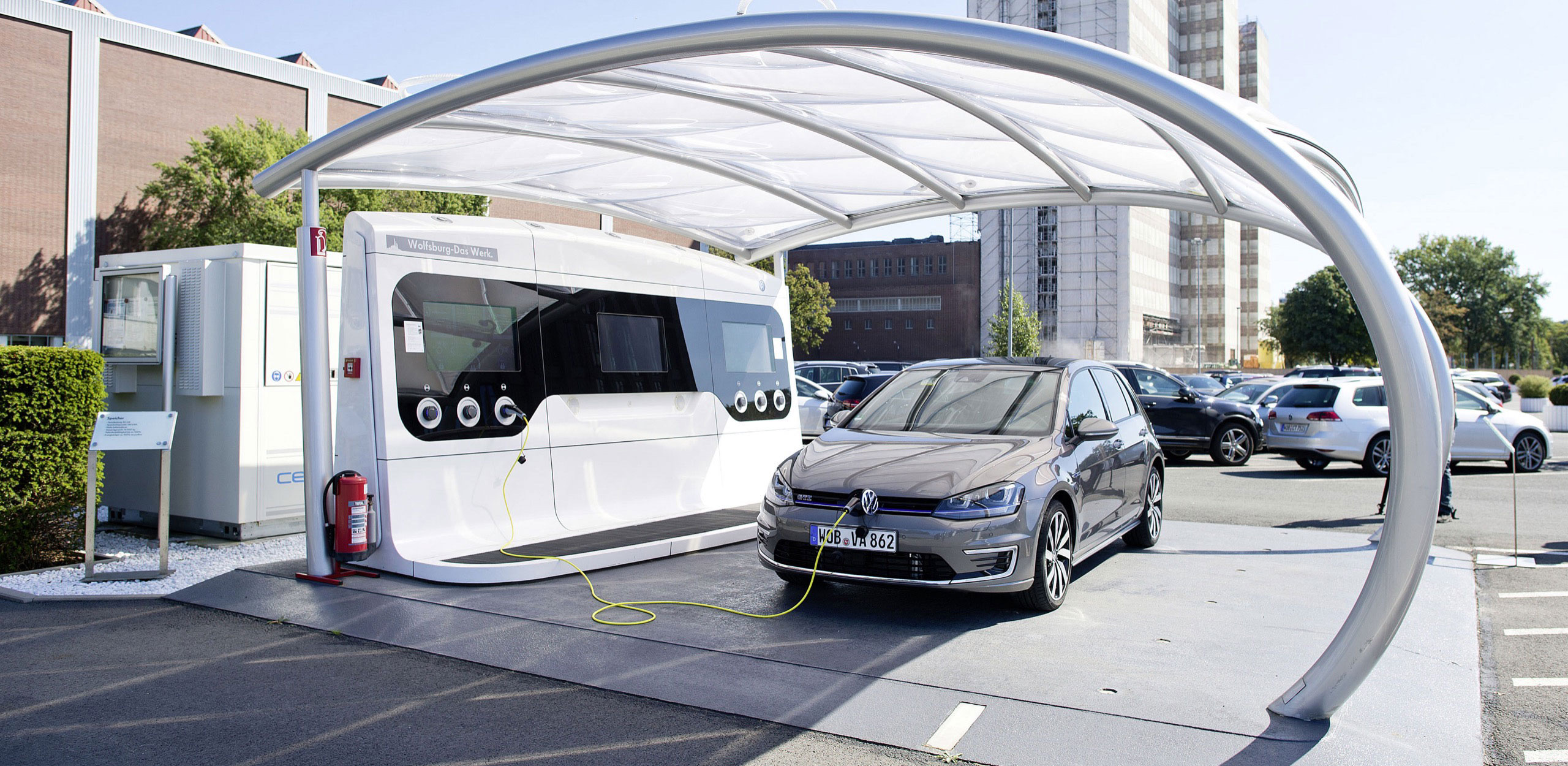
To further prove the practicality of its e-mobility campaign, Volkswagen is working with a local taxi company in Shanghai to introduce the “e-Up!”, its new compact electric taxi. The e-Up! will utilize an extensive mobile network to optimize the occupancy rate of each car and reduce the overall carbon footprint of the whole fleet. Once viable, such a venture will greatly increase the social status and ecological significance of electric vehicles.
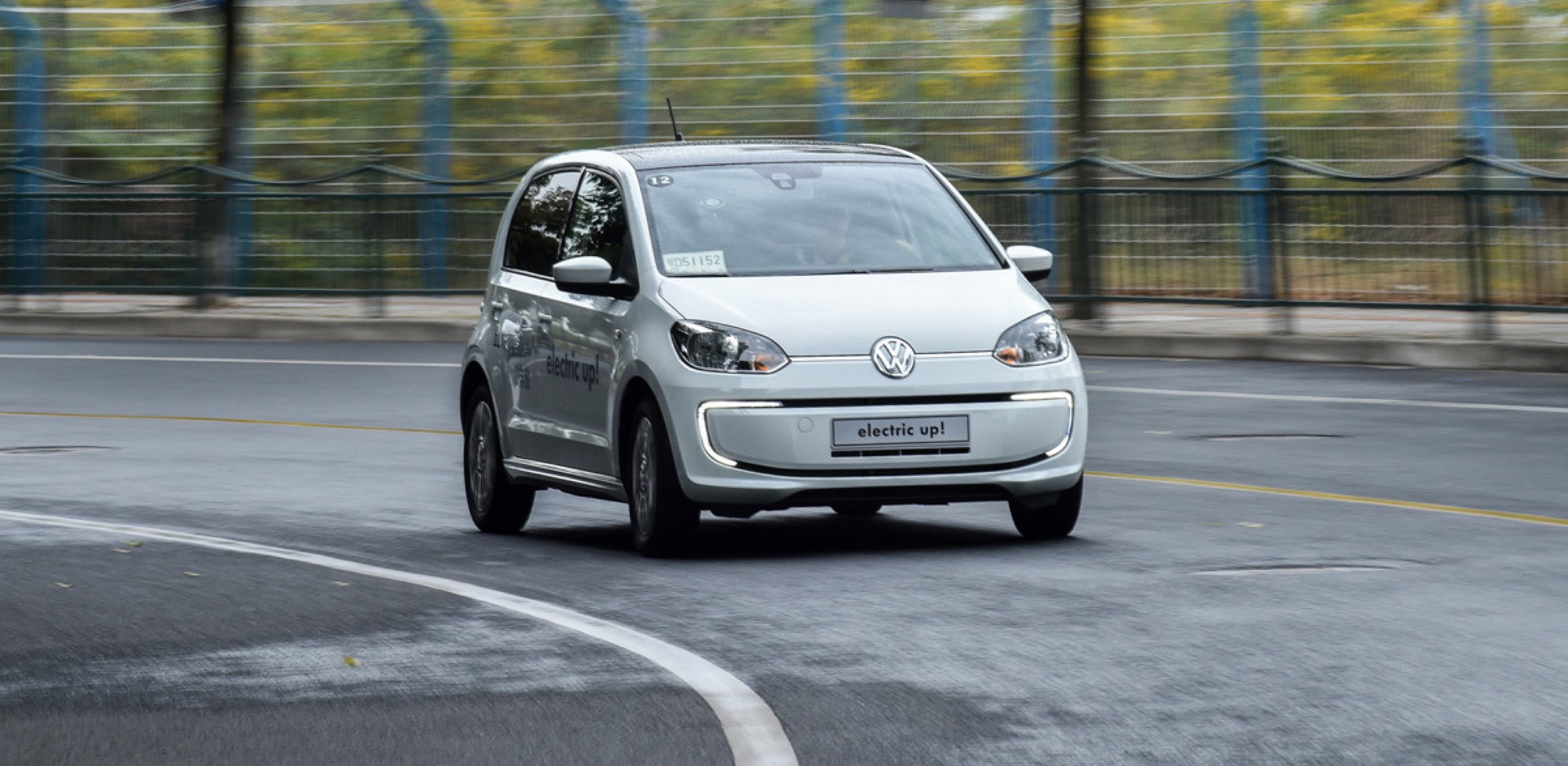
The movement toward sustainable energy preservation and emissions reductions is a vital long-term project for every modern metropolitan area. Such an ambitious goal calls on every individual and every business sector to fully contribute as success can’t be achieved with individual participation alone. We believe the successful introduction of electric vehicles, such as e-Up! in public transport will certainly initiate a big leap forward toward a healthier and cleaner metropolitan climate, whether it is Berlin, Shanghai or Hong Kong.